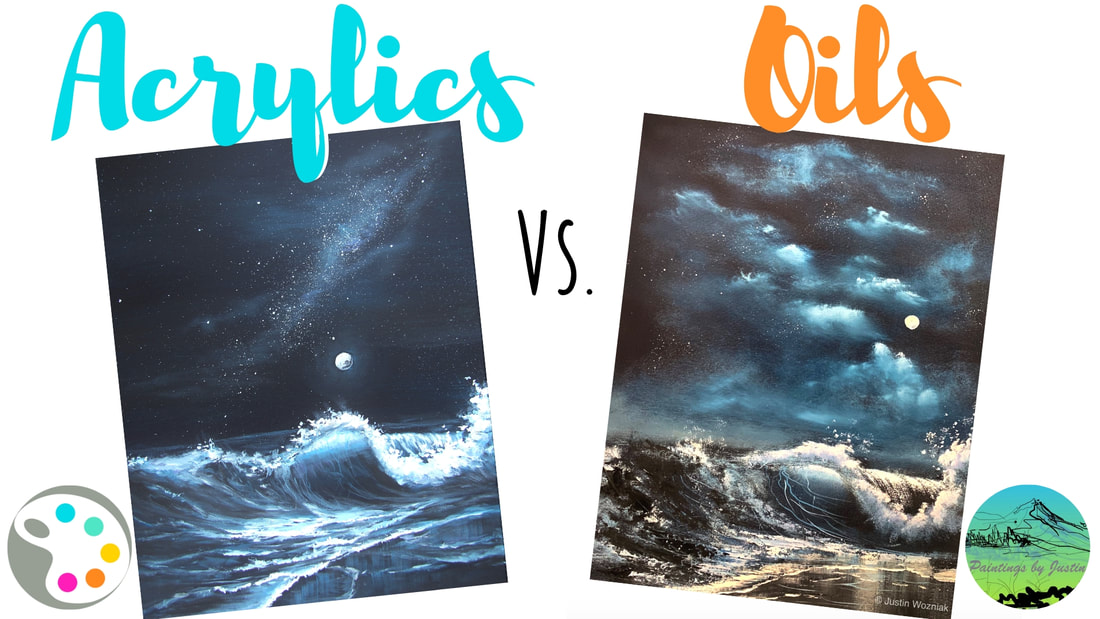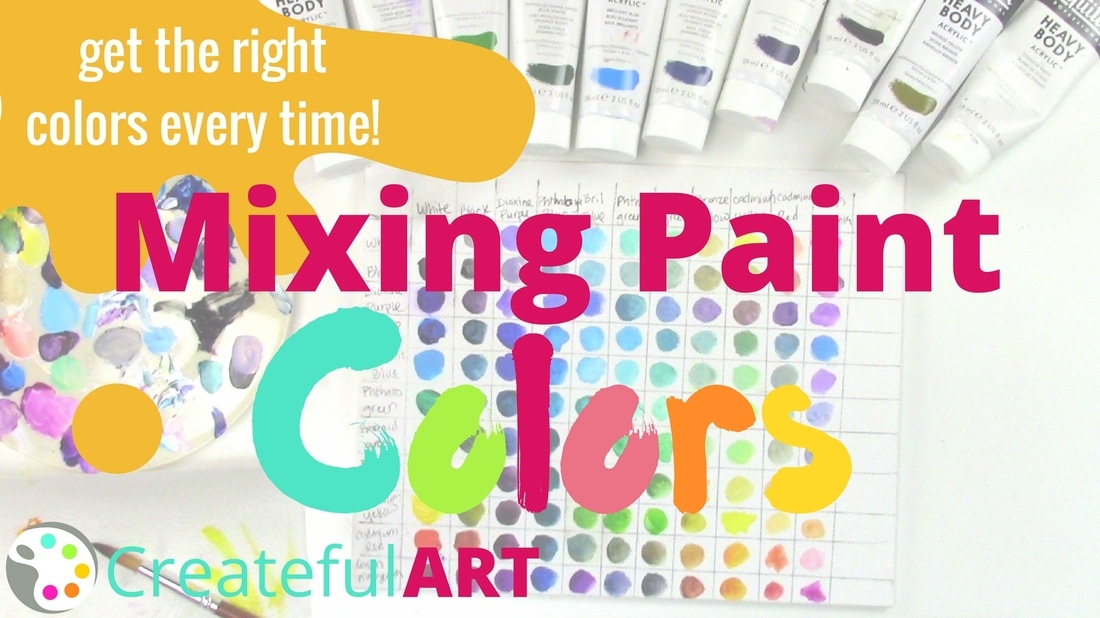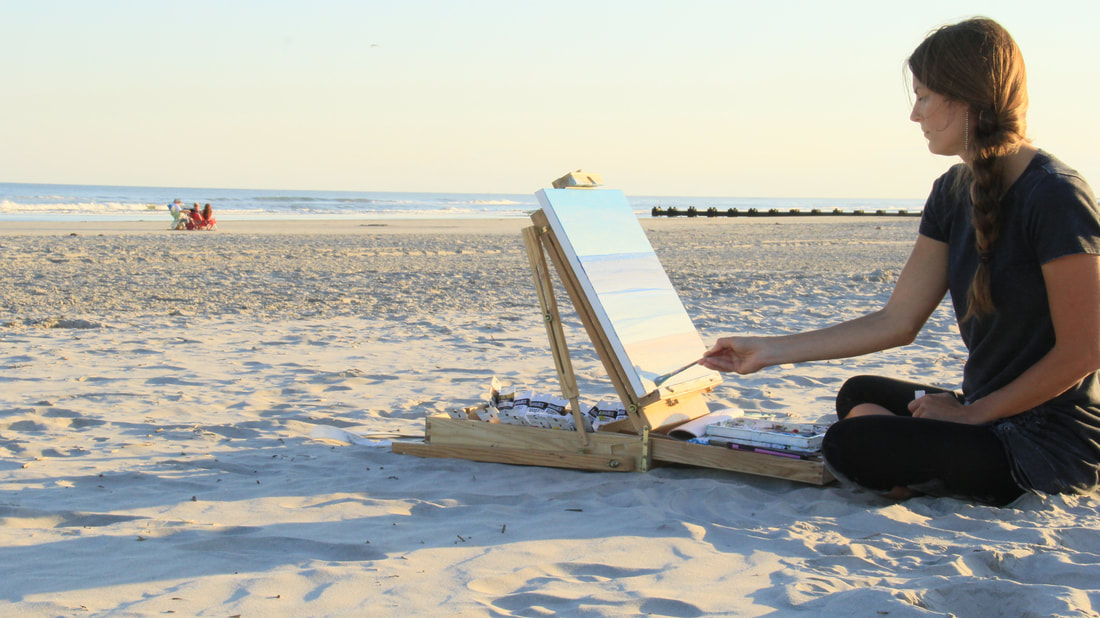I am absolutely in love with Pebeo paints. The Pebeo Vitrea 160 paints are part of a new generation of thermo-hardening, water-based, non-toxic paints. They are translucent and gorgeous when painted on glass. They can look like stained glass but I use them with more of an impressionist approach on glass.

If you are looking to learn more about these paints, you have come to the right place. I create a lot of artwork with these paints as well as tutorials. If you want to learn about these paints a great way to start is by getting to know them and then doing a project with me in one of my tutorials.
So what would you use these paints for?
They are specifically designed for use on glass. This means any kind of glass, like glass jewelry, wine glasses, windows, and glass frames.
What makes these paints so awesome?
- They are UV resistant and waterproof once heated in a conventional oven. Adhesion and durability are very important factors for effective and practical usage. This means artwork won't ruin when placed in a window for a long period or in a shower room!
- They mix easily and can even have the look of swirling colors inside the paint. Being able to mix the colors means you can extend your pallet just like other paints. You can add your own look and design easily to your own art pieces.
- You can choose glossy or frosted which when combined add more interest to your artwork. The glossy or frosted appearance of the colors provides an infinite variety of light and shadow.
- You can use liners to draw with and if you want give your art a stained-glass appearance.
- You can get many shades of colors in the liners, paint, and even markers that work like the paint!
- Once you bake the colors become exceptionally intense and the glass seems to embody the dye.
- The paint does not contain lead or cadmium. It only contains non-toxic materials. This makes it safe to use around kids and pets which I love!
What is important to know when using these paints?
- Clean the glass. You want to clean the glass before painting on it as any dust or smudging will compromise the quality and look.
- Use a soft cheap natural fiber brush. The softer the brush the fewer brush marks seen. I have also used a dropper which I prefer to use for a stained glass appearance. Also after every use my brush was compromised enough that I just had to throw it away. You can also use an airbrush and bottles.
- Shake your paints but then allow time to settle so you don't have bubbles in your paint.
- Use water to clean your brush and spread the paint.
- Do not add too much water. Use only 10% amount of water or the paint will be compromised. If you want to spread your paint more there is the Pebeo 160 Paint Thinner.
- Just wipe off mistakes. I just easily wipe off mistakes with my finger but you can use water and if it is dry already, you can scrape it off. The colors are not permanent before they are baked.
- Don't use the Pebeo Vitrea 160 with the Pebeo Vitrea 150. They heat set at different temperatures. They also have a different consistency and don't mix well.
- Allow the paint to dry for 24 hours before baking.
- Place on a clean surface to bake. If you place it on food or dark-cooked in areas that haven't been scrubbed, it will come off on your glass surface.
- Baking. Place your artwork in a room temperature oven and allow it to warm up to 325 degrees Fahrenheit, then bake for 40-45 minutes at this temperature. No higher on the temp or colors will darken or burn.
- There is no noxious odor or toxic emissions during baking.
- You can add more paint and re-cook. If you decide you need to add more to your artwork you can paint over anything and bake it again as many as 3-4 times without the color changing.
- Cleaning. You can clean the painted surface with soapy water and a soft rag. I do not recommend scrubbing the surface or putting it in the dishwasher or scratching will occur.
Ready to get some Pebeo Paints?!
Individual colors come in 1.5 oz bottles, and the mediums and outliners are packaged in .68 oz tubes. Kits containing bottles are also available for purchase. (affiliated links)
My Amazon Picks

Pebeo Vitrea 160 Glossy Glass Paint - Set of 10 Assorted Colors, DIY Arts & Cra…
$63.90
(2362)

Pebeo Vitrea 160, Glass Paint Thinner, 45 ml Bottle
$10.74$11.90
(2362)

Pebeo Vitrea 160, Discovery Set of 6 Assorted Glossy Glass Paint Colors, 20 ml Bottles
(2362)

Pebeo Vitrea 160, Discovery Set of 12 Assorted Glossy Glass Paint Colors, 20 ml Bottles
(54)

Pebeo Vitrea 160 Assorted Glossy Glass Paint Markers - Set of 9 Assorted Col…
$43.21
(382)

Pebeo Vitrea 160, Workbox Set of 10 Assorted 45 ml Glass Paint Colors + Accessories
(2362)

Pebeo Vitrea 160, Discovery Set of 6 Assorted Frosted Glass Paint Colors, 20 ml Bottles
(2361)

PEBEO Vitrea 160 Glass Paint Outliner, 0.67 Fl Oz (Pack of 1), Ink Black, 066
$9.03
(3061)
Paint with me!
Learn how to use the Pebeo Vitrea 160 paints with this art tutorial on how to paint cherry blossoms on glass. In this tutorial, I introduce these paints and we can have fun creating together!
Can you use Pebeo Paints with Acrylics?
Mixing Pebeo Vitrea 160 paints with acrylics is not recommended, as they have different properties and are formulated for different purposes. Acrylic paints are water-based and dry to a flexible, durable finish, while Pebeo Vitrea 160 paints are solvent-based and dry to a hard, glossy finish that is designed to adhere to glass surfaces.
If you want to use Pebeo Vitrea 160 paints on a surface other than glass, it is recommended that you use a primer or base coat that is compatible with the Pebeo Vitrea 160. Mixing them with acrylics is not recommended, as it may affect the performance and quality of the paints.
Can you paint with acrylics on glass?
Yes, acrylic paints can be used on glass surfaces, but it is important to use the right techniques and materials to make the paint adhere and last.
Take Caution When Using Acrylics
It is also important to note that some acrylic paints may not be suitable for oven-curing and may require air-drying instead. Always use Non-toxic paint (no Cadmiums). Always check the paint manufacturer's instructions before attempting to cure acrylic paints in the oven.
Additionally, it is important to ensure proper ventilation when curing acrylic paints in the oven, as some paints may release fumes when heated. Always follow safety precautions and use protective equipment, such as gloves and a mask, when handling painted items and using the oven. It's important to note that painted glass items should still be handled with care and may not be dishwasher-safe.
The Steps to Painting on Glass
- Clean the glass: The glass surface should be cleaned thoroughly before painting to remove any dirt, dust, or oils. Use a glass cleaner or rubbing alcohol to clean the surface, and let it dry completely before painting.
- Prepare the surface: If you are using regular acrylics, you will need to prepare the surface. One way to do this is to apply a thin layer of clear gesso to the glass surface, if you want a stained glass look. If you don't want to see through the glass you can use regular white Gesso. Gesso is a primer that is used to prepare surfaces for painting, and it can help the acrylic paint adhere better to the glass. Let the gesso dry completely before painting. If you decide to use a paint designed to be used on glass, you don't need to prime the surface.
- Use the right paint: Not all acrylic paints are suitable for use on glass surfaces. I have been successful painting with Liquitex paints on glass. However, I prefer paints that are specifically formulated for use on glass, such as Martha Stewart Glass Paint, DecoArt Glass Paint, or Pebeo Vitrea 160. These paints are designed to adhere to glass surfaces and are more likely to be permanent.
- Apply the paint: Use a small paintbrush to apply the acrylic paint to the glass surface. Thin layers of paint are recommended, as thick layers may crack or peel over time. Allow each layer of paint to dry completely before applying another layer.
- Bake the glass: To make the acrylic paint permanent on the glass, the painted item can be baked in the oven. Follow the instructions on the paint bottle for baking times and temperatures. Baking the glass will help to set the paint and make it more durable.
Martha Stewart Glass Paint recommends baking painted glass items in a preheated oven at 350°F (177°C) for 30 minutes. After 30 minutes, turn off the oven and allow the glass to cool inside the oven. Once the glass has cooled completely, it should be removed from the oven.
Pebeo Vitrea 160 paints recommend a similar baking process, with painted items being baked at 325°F (163°C) for 40 minutes. Once the baking is complete, turn off the oven and allow the glass to cool inside the oven before removing it.
As a general rule, some acrylic paints like Liquitex, can be cured in the oven at a temperature range of 200°F to 300°F (93°C to 149°C) for 20 to 30 minutes. Place the painting inside, then heat the oven, and don't take the painting out until the oven has fully cooled off. The exact curing time and temperature may vary depending on the thickness of the paint layer and the size of the item being painted. Keep in mind that I baked the wave painting in the tutorial below, in my RV oven...and the temperature in that thing is always off. But, if you don't feel confident, don't attempt it. I have plenty of beautiful art you can paint on canvases that don't require curing.
Paint with me!
Learn how to use acrylic paints on glass with this Simple Ocean Wave Acrylic Painting Tutorial On Glass. In this tutorial, I show you the step-by-step process as we create some really fun beachy art.
Painting on glass can be a fun and rewarding experience, and there are so many creative possibilities when it comes to this medium. There's something magical about seeing the colors and brushstrokes come to life on a transparent or translucent surface, creating a beautiful and unique work of art.
One of the great things about painting on glass is that it allows you to experiment with different techniques and materials. You can use brushes, sponges, or even your fingers to create texture and depth in your paintings. You can also mix and blend colors to achieve the perfect shade or hue and layer multiple colors to create a beautiful effect.
Another advantage of painting on glass is that it can be a great way to upcycle or repurpose old glass items that might otherwise be discarded. By giving them a fresh coat of paint, you can transform them into something beautiful and useful, such as a decorative vase or a unique piece of art.
Finally, painting on glass can be a wonderful way to express your creativity and share your artistic vision with others. Whether you're creating a beautiful scene or an abstract design, your glass paintings can bring joy and inspiration to those who see them.
So if you're thinking about trying your hand at painting on glass, don't be afraid to dive in and explore this fascinating medium. With a little practice and experimentation, you can create beautiful, unique, and lasting works of art that you'll be proud to display and share with others.
Thank you for creating with me. If you had a great time and learned something new, you may want to consider subscribing so that you can enjoy more Pebeo, acrylics, and other painting mediums.
Enjoy More Glass Painting Tutorials!
ENJOY MORE TUTORIALS!
Disclosure of Material Connection: Some of the links in the post above are “affiliate links.” This means if you click on the link and purchase the item, I will receive an affiliate commission. Regardless, I only recommend products or services I use personally and believe will add value to my readers. I am disclosing this in accordance with the Federal Trade Commission’s 16 CFR, Part 255: “Guides Concerning the Use of Endorsements and Testimonials in Advertising.”
This post was written with the assistance of ChatGPT, an AI language model developed by OpenAI
















